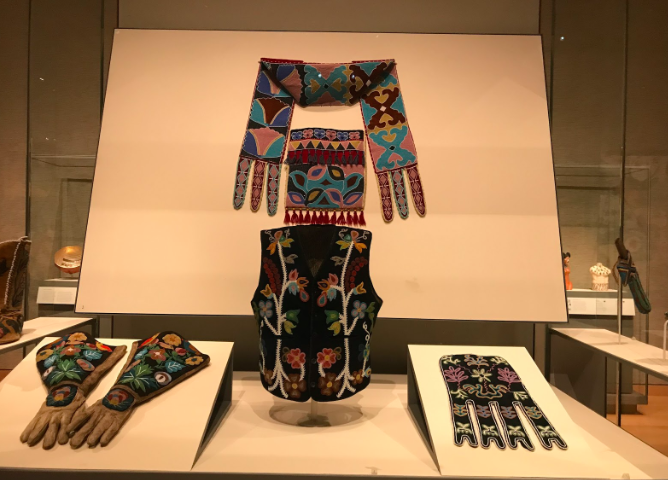During my time with the Urban Teaching Fellowship, I have gained invaluable experience in the classroom and learned countless lessons. One of the most powerful learning experiences was when I worked with my small group of students after lunch each day during our “START” time. I think as much as I taught them during the twenty minutes we spent together each day, that they taught me just as much. It’s hard to describe all that they taught me, but I definitely got the closest to these kids over the course of the two weeks. Whether we were doing reading or playing games, these kids always had smiles on their faces. They echoed a lot of what I said below about seeing how smart and resilient the students are.
I also learned so so much from all of the other participants in the program. Getting to meet with them frequently (s/o Frannie!!) and hearing their stories and experiences was amazing, and I’m so glad I got to know them. They helped me stay mindful and intentional during my time in the school and classroom. I had a great time learning and growing alongside of them.
Another lesson I learned from my time with the Urban Teaching Fellowship was about the importance of unity and cohesion between administration and teachers in a school. I wasn’t expecting such a big gap to exist between the administration and the teachers of my school and was kind of surprised by it; however, I have heard that that is the case in many schools. My teacher expressed a lot of frustration with this, and lamented at how little experience the administrators had in the classroom with kids. This was important for me to learn as a future administrator, so that I can ensure I take into account my experience in the classroom and work with teachers in my school to make important policy decisions most effectively.
After my experience, I think I can definitely see myself going into urban education. I don’t know where I will end up after I graduate, but I am definitely open to teaching in an urban setting. Through this experience, I have gotten to see a lot more signs of hope and steps in the right direction than I have previously thought there were. I have more sympathy for the students than I had before, after seeing for myself some of the daily struggles that they have to endure. That said, I also have a lot more confidence in the ability of students from these backgrounds, after seeing how eager and determined they were to learn and do well.

